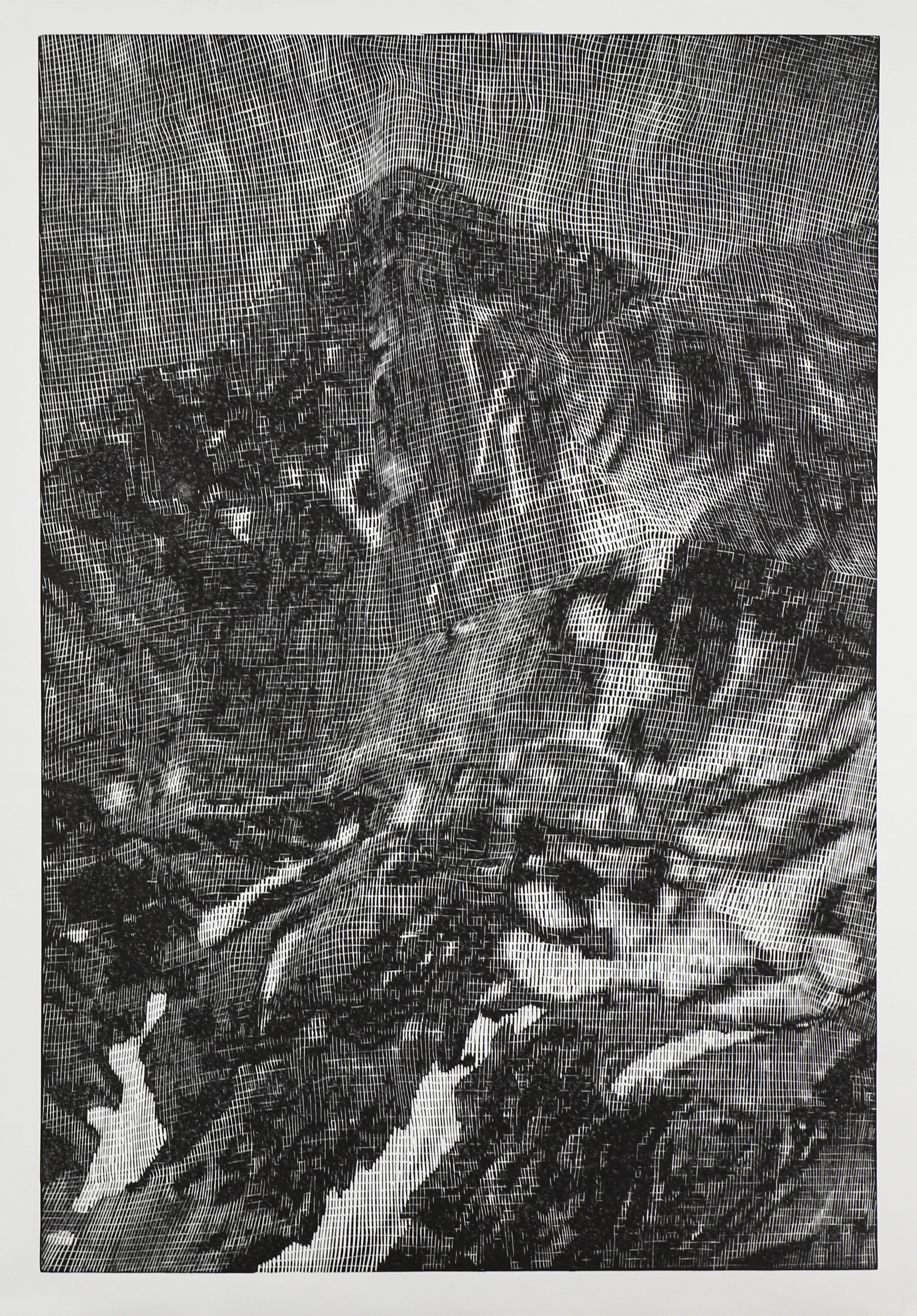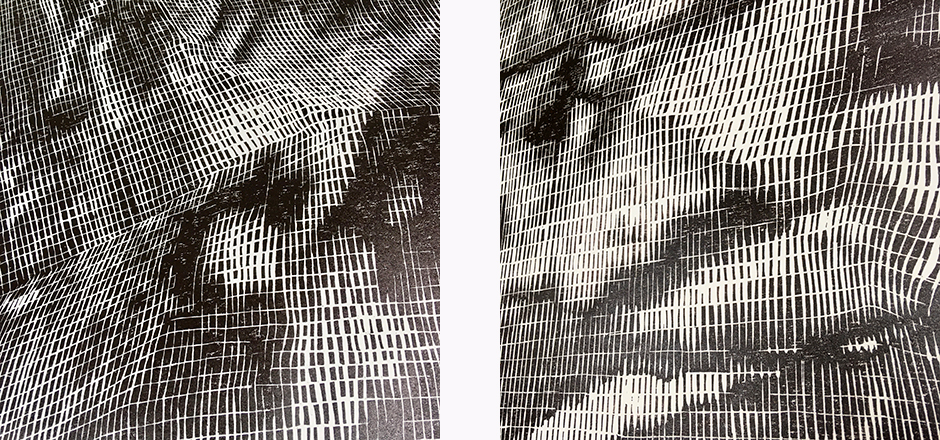
©2020 Stefan Osnowski
„… every map displays a specific world; so does it display the world as it is, as it was, as it will be, as it could be, or as it should be?“ (Christian Jacob: Towards a Cultural History of Cartography, 1996)
One of the peculiar phenomena of European science, literature and art since the 19th century is the persistent presence of figures who work as field surveyors and who optionally measure or redesign the topography of real and fictional spaces. This not only coincides with one of the biggest field surveyor expeditions of the Modern Era: Before Alexander Humboldt set out on the trip to South America (1799-1804), he had written a letter to his Berlin bankers, in which he formulated his travel destination: "I will collect plants and animals, examine the warmth, elasticity, magnetic and electrical content of the atmosphere, dissect them, determine geographical longitudes and latitudes and measure mountains (…)“
Already in 1669 Vermeer van Delft had finished his iconic painting The Geographer, on which the displayed protagonist leans thoughtfully over maps and papers, the dividers in his hand. In the background there are maps laying all over the floor and hanging on the wall. Mapping becomes an external reality and archival device for objective knowledge and reality. „Maps are statements about the physical nature of the world, its shape and its limits. They display beliefs or concepts about the nature of the world and how it can be depicted.“ (Christian Jacob)
German-language literature impressively documents the continuity of field surveyors as a fictional figure: the protagonist in Franz Kafka's “Schloss”; Goethe's Faust (notice the Rembrandt etching of Faust, depicted in almost the same pose as the Geographer at Vermeer's painting); Hauke ??Haien in Theodor Storm's “Schimmelreiter” or the unequal pair of Gauß and Humboldt in Daniel Kehlmann's "Die Vermessung der Welt".
The work LANDVERMESSER plays with several respective ideas of the predictability, representability and controllability (or uncontrollability) of the world.

©2020 Stefan Osnowski
